Dry Beans
Dry bean production occurs predominantly in Zone 1 in the irrigated fields of Southern Alberta surrounding Bow Island, Taber and Vauxhall.

Which dry beans are grown in Alberta?
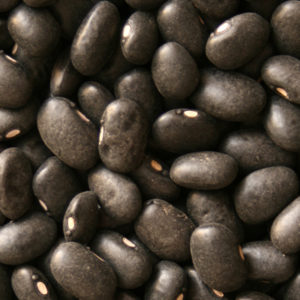
Black Beans
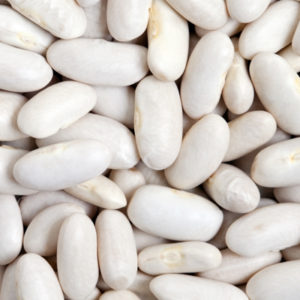
Great Northern Beans
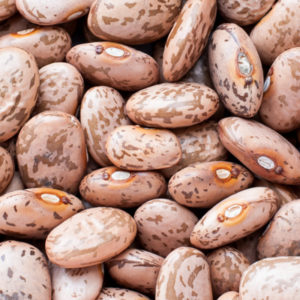
Pinto Beans
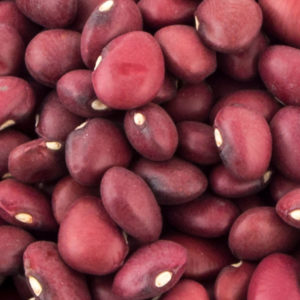
Small Red Beans
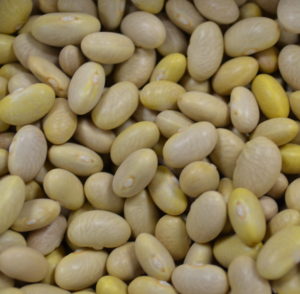
Yellow Beans
Preparing Dry Beans
Cooking Instructions
- Remove any shriveled or broken beans.
- Rinse the beans under cold running water.
- Soak your beans overnight or use the quick soak method:
- To soak overnight, add 3 cups (750 mL) of cool water for every 1 cup (250 mL) of dry beans, making sure beans are covered completely, and soak for 8–24 hours.
- For a quick soak, place 1 cup (250 mL) of beans in a large pot with 3 cups (750 mL) of water, bring to a boil for 3 minutes, then remove from heat and let stand for 1 hour.
- Drain soaking water and rinse beans in cool water.
- Combine soaked beans and fresh water, bring to a boil.
- Simmer for 60 to 90 minutes or until beans reach desired tenderness.
- When ready, drain any excess liquid and gently rinse.
Cooking Tips
- For every 1 cup (250 mL) of beans, use 3 cups (750 mL) of water.
- Bean cooking time varies by type. When a bean is fully cooked, the skin is still intact but the bean can easily be smashed between two fingers.
- For the slow cooker: pre-soak beans, then boil for 10–12 minutes in fresh water before adding to your slow cooker.
- During hot weather, soak beans in the refrigerator to prevent fermentation.
Blending with Beans
- Adding cooked beans to your favourite meals is a great way to introduce pulses to your diet and add additional protein and fibre.
- It can be as easy as adding 1/2 cup (125 mL) black beans or pinto beans to 1 cup (250 mL) of your favourite salsa.
- Power up smoothies by adding 1/4 cup (60 mL) white beans and then blend!
- You can extend your recipes by adding beans to soups, stews and chilis.
